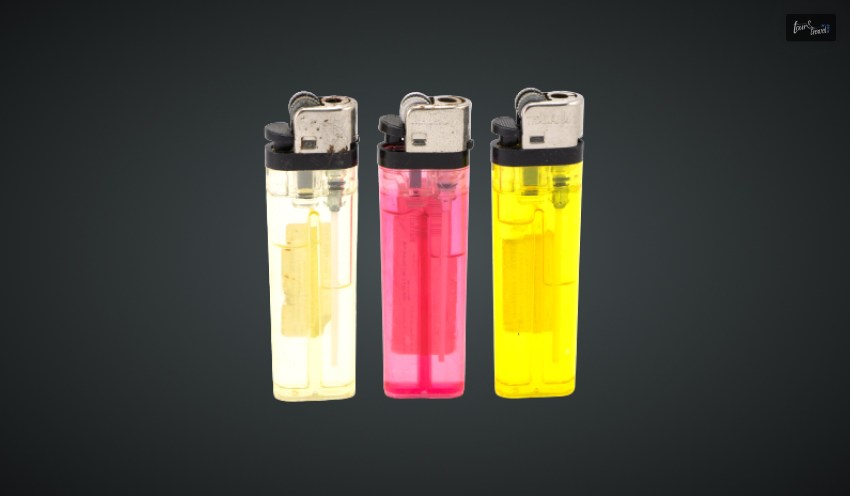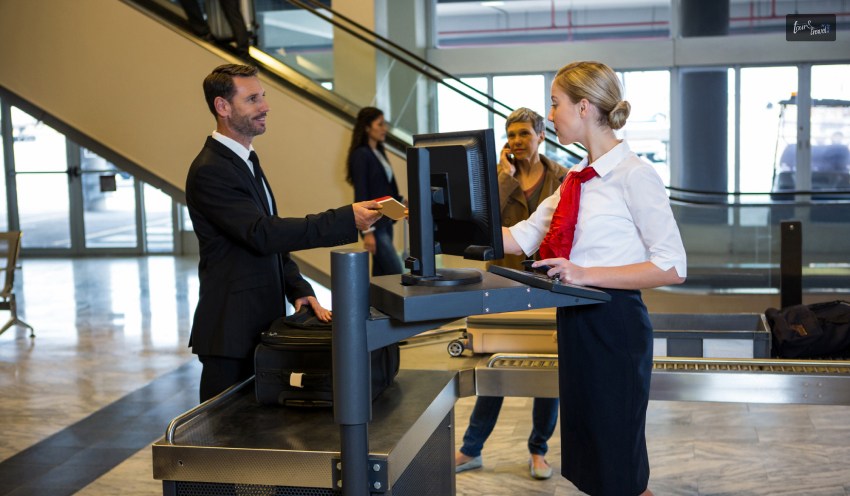Valentine’s Day Voyages: Warm Places for February Romance
BY Rishab Dey Dec 30, 2023
Are the gloomy skies driving you to desperate measures? Can a massive blowout break be called desperate? You do have a choice. A secluded road trip across the globe, an incredible once-in-a-lifetime adventure, or a truly tropical beach break. If you want all three, you will need to look for warm places to visit in February. It becomes more difficult to find intense, short-haul sunshine as winter drags on. A carefully planned trip separates a reasonably priced island stay and a mild-weather city break from the US. Both of these can provide much-needed rest as well as relaxation. However, there are plenty of far-flung options that best suit this month. And don't forget to check government travel advice for every destination. Warm Places To Visit In February Yes, Februaries are cold. But the warmth it brings with Valentine's is hard to contend against. If you are planning to visit warm places with your special someone to get away from the biting cold of your home country, here are some of your best options. Take a peek into some of the warm places to visit in February. Morocco The Miami of Morocco, Casablanca is the modern center of Morocco. The nation's largest city highlights modern Morocco, a humming mix of big finance as well as creative chops. It has been overlooked for lacking Tangier's rich history of bohemian revelry or the romantic chaos of Marrakech. Even better, it's a nearby, mild winter city break. Explore the district's Art Deco area, which is home to iconic buildings like the Cinema Rialto. Indulge in freshly shucked oysters at the Central Market. Get a taste of the past in the untouristy, donkey-filled medinas. You can end the day at a chic restaurant or rooftop café. Sea views, as well as a delicious seared duck breast with honey, are served at Le Relais de Paris. Morocco is probably one of the best warm places to visit in February. Immerse yourself in the rich cultural heritage of this North African country. Koh Yao Noi Koh Yao Noi is the Thailand island of your dreams, just a 30-minute speedboat ride from Phuket and a world apart from its boisterous tourist attractions. There are more water buffaloes, traditional rubber farms, serene beaches, as well as fewer inebriated backpackers. Phang Nga Bay's surroundings are dotted with striking limestone karsts. Boho-chic Cape Kudu, a Small Luxury Hotel of the World, features white, bright rooms and a dreamy sea view from the pool. It also has a spa designed with hanging rattan chairs. Kayaking through the mangroves and island hopping are options, too. Kenya Kenya has seen a decline in tourism following a spate of terrorist attacks earlier this decade. However, most beach retreats and safari destinations in the nation are generally safe. Government travel advisories, too, are not too stringent. In February, you can combine two of the best trips into one. The southern coast's whale shark swimming season is in full swing. The Masai Mara's low rainfall causes big game to congregate in large groups at rivers and waterholes. New Zealand Want some delicious privacy? February, the last month of summer, is the best time to see the vistas along New Zealand's eastern seaboard by car. Few landscapes are as untamed and wild as those found there. Here, a volcanic headland meets the shimmering ocean, and multiple opulent lodges bask in seclusion. The North Island's Helena Bay Lodge is spread out over a tidy lawn near the South Pacific's edge. Its exclusive beaches, coves, as well as woodland hikes only see your own footprints. Next, travel to the South Island's Banks Peninsula, a picturesque volcano skeleton ringed with glistening bays and secluded little settlements. Annandale Farm is a mystical haven offering endless views of the ocean as well as locally sourced food. It is nestled in 4,000 acres of serene coastal pasture. Carnival It's crazy when you stand amidst a carnival. Still, isn't that the reason you're here? The streets stay marinating in wild revelry, and the beaches teem with a hot, toned young crowd. There is also the sound of samba pulsing everywhere you go. The Rio Music Carnival, an accompanying electro-music festival, takes place alongside the Sambadrome's parades to create the biggest party on Earth. Past performers such as Afrojack, Diplo, and Tiesto have left the crowds completely insane. Honolulu Here is another one of the warm places to visit in February. Between its capital, Honolulu, and its more sedate northern and eastern beaches, Oahu presents a compelling blend of big-city conveniences and quintessential tropical beauty. Additionally, locals get together for banter and bragging rights during the Buffalo Big Board Surfing Classic in February. This isn't your typical Kelly Slaters competition. Instead, teams of up to seven individuals compete in historical and unique events like SUPsquatch, where they ride enormous inflatable stand-up paddle boards. Miami Miami isn't for the timid, but it has a vibrant art scene in addition to its nightclubs, music, and traffic. You can check out the Yinka Ilori-designed café at Superblue or the Yayoi Kusama exhibits at the Rubell Museum. There is also a fun dining scene, and we recommend Itamae, a Nikkei restaurant. Singapore Singapore is one of the greenest cities in Asia. Trails, lush parks, and gardens dominate the area. According to The Singapore Green Plan 2030, it even aims to become the world's green champion. Nearly half of the city is covered in greenery. Visit during a hot, dry February to take in all of this. You can also visit Chinatown's markets, immerse yourself in the culinary scene, and learn about the local way of life. Wrapping Up Unless you really want to, there's no reason why you should stay inside this February. There are carnivals and even New Year's celebrations that combine Chinese and Mayan customs. In the end, this list of warm destinations in February should satisfy your need for warmth. This place has beaches, hikes, mountains, caverns, and volcanoes. If these don't motivate you, you can visit animals, museums, and a lot more places without having to worry about the dress code. If you have thoughts to share or questions to ask about warm places to visit in February, please leave a comment below. We would love to hear from you! Read Also: Florida Dreams: RV Camping Along the Sunshine State’s Shore Top 7 Places To Visit For An Asian Solo Traveler Wonders of the Waves: RV Camping Along Oregon’s Coastal Beauty
















